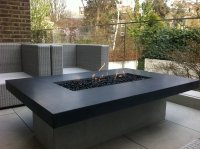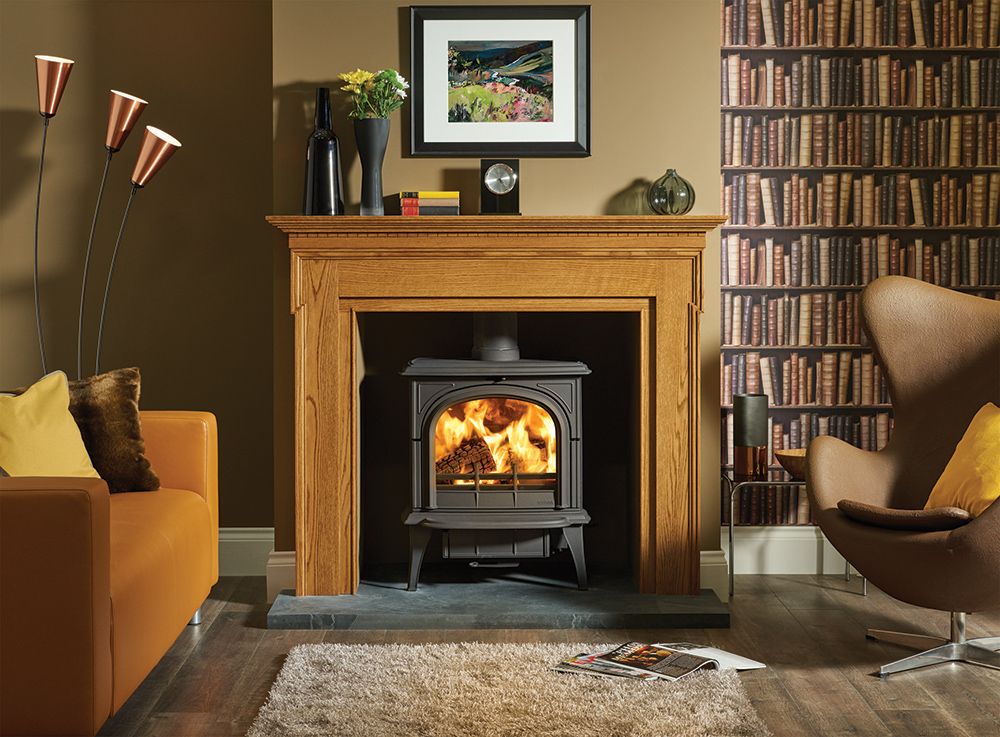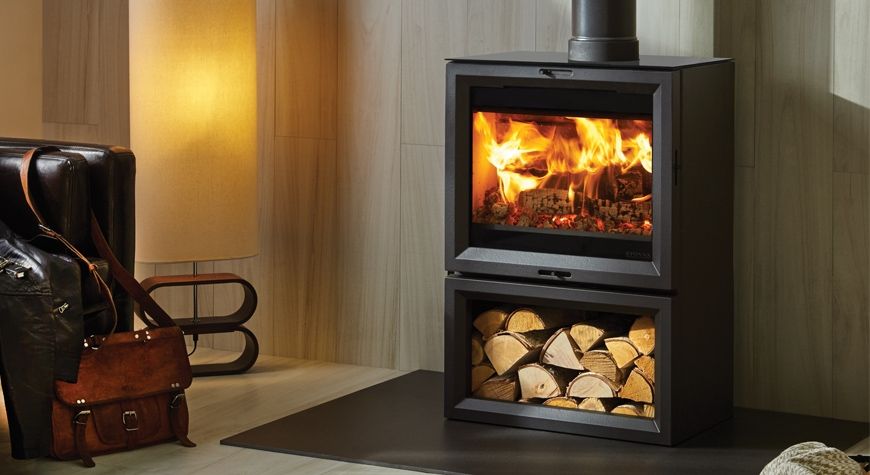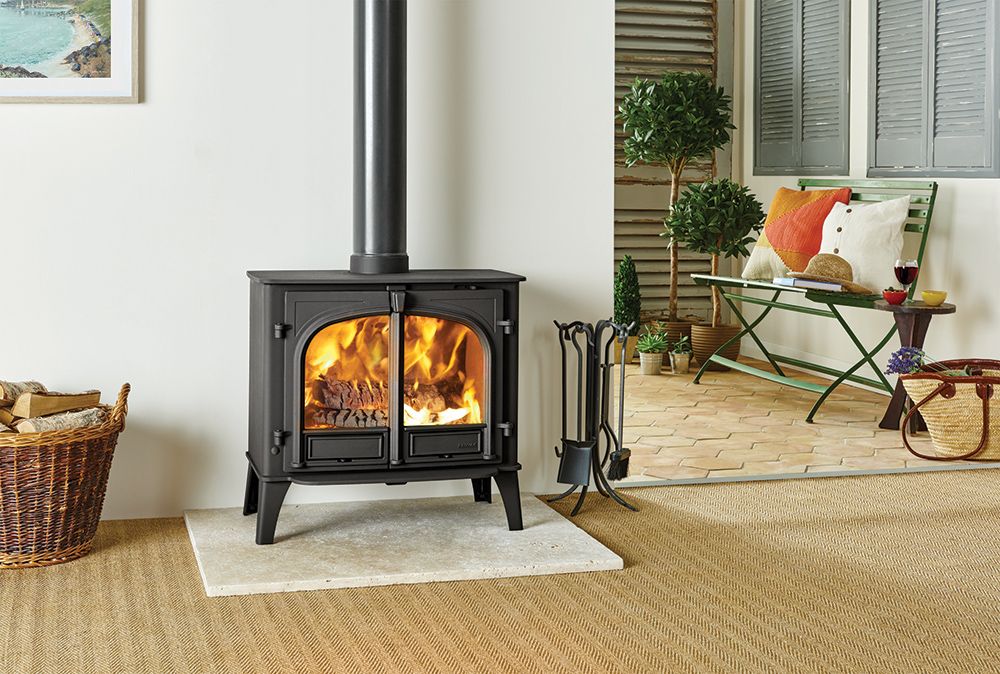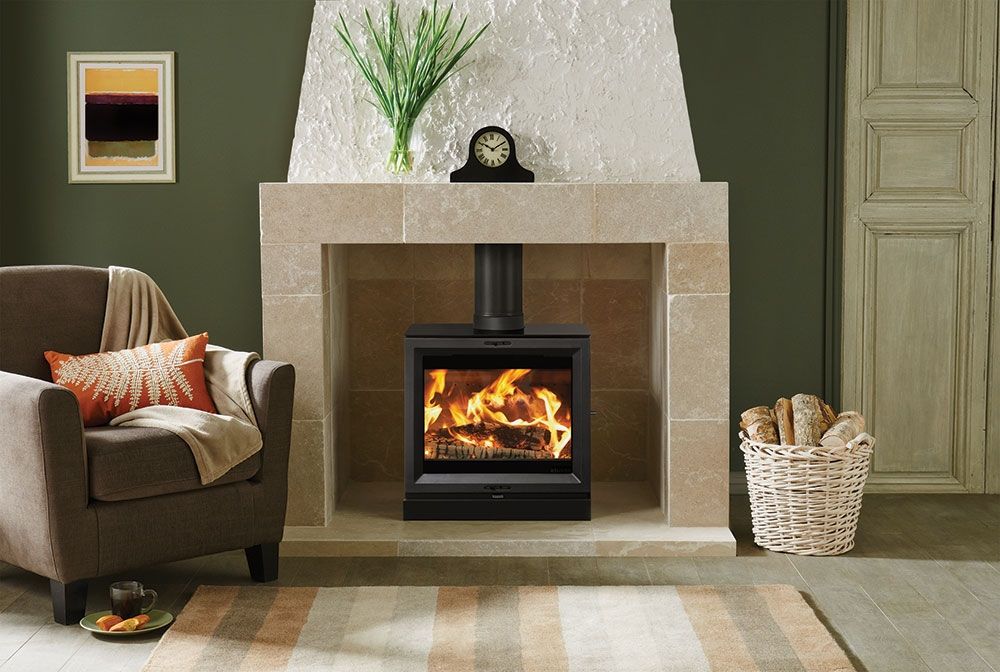As a property developer, before setting sail on a project, you probably have many questions.
It’s important to ensure that all features in a property are cost-effective, but also of a high quality, to ensure potential buyers are impressed by the finished product. Everything from planning permission to technical aspects and even interior design factors need to be taken into consideration – with fire installation being a possible feature that many people look for when purchasing a property.
A wood burning stove within a property can not only increase the desirability for those looking to buy a home, but it can even add value as a result.
Are you a property developer? Want your investors to be wowed by your work? Thinking of upping your game with a wood burning stove? These questions and answers may be of help.
Why Should I Install a Wood Burning Stove in My Properties?
As a selling point for potential buyers, a wood burning stove can save the new owners money on bills. From your point of view, it can add value to the property. With many quick builds and characterless properties in this modern age, a feature such as a classic wood burning stove can gave a certain characteristic which is rarer today.
How to Connect Wood Burning Stove to Central Heating
Wood burning stoves can be installed in your property, connected to back boiler central heating. In fact, the entire property could be heated from a solid fuel appliance such as a wood burning stove. There are several ways you can do this – all which include a systematic structure of pipes and connections, however do not attempt to do this if you are not a trained professional. Here are just three ways in which the fire can be connected to your central heating and as a result, heating your entire home for the fraction of the price.
- Plumbed Stove
The stove can be plumbed to allow it to act as a radiator itself within a vented system. This is one of the most common ways to fit a boiler stove into the hot water system. This method means that your existing gas boiler will only come on as a ‘top-up’ to reach the desired temperature. With this system the boiler may be turned off at any time to solely use the wood burning stove.A steam vent pipe can be installed which runs upwards from the boiler stove.You can also connect the hot water tank and main radiators to the main loop within this system, forming another loop by using injector tees to feed the other radiators. A thermostatic switch is used to run the radiator loop; this ensures the water tank doesn’t over cool due to the radiators in the loop making the most of the heat.
- Multicoil Hot Water Tank
In this system, multiple coils are submerged in the water of the tank which act as a heat exchanger, heated by your wood stove. The system will use gravity to create pressure, however it must be installed higher than the wood burning stove; on a second floor or in the attic for example.There shouldn’t be any valves, pumps or strainers in between the flow of the tank and the stove. With this method you can also combine water for domestic water, solar heated water and hydronic radiators.
- Heat Accumulator
With the method of a heat accumulator, the home owner gets more flexibility due to multiple connections. Similar to a multicoil tank in the way it works, the heat accumulator can store heat because of the mass of water it holds- however this does mean a bigger tank is needed.
They are the better option for multiple heat source systems; it is possible to hook up a gas boiler, a boiler stove and even solar panels. It is even possible to use your wood burning stove to control underfloor heating with this system.
This is a great selling point for your property- people love to save money when they can, and heating the house this way can certainly save money.
Do You Need Planning Permission for a Wood Burning Stove?
There is much misconception around installing a wood burning stove and whether you need planning permission or not. Historically you may need some kind of clearance from your local authority, but with new updated changed, vast majority of cases need no formal permission.
You do not technically require planning permission to install a wood burning stove, however since 2005 it has been a legal requirement to let your local authority building control department know of your intentions – no matter what type of heating appliance you are installing. When you use a specialist stove installer who is registered on the HETAS competent persons scheme there no need for any notifications as they will issue their own certification and registration.
Always keep in mind that any stove must comply with legal requirements for safety reasons.
Usually, altering or replacing external factors of the flue, chimney or soil and vent pipe is considered to be permitted and doesn’t require planning permission; however, keep the following regulations in mind:
- The flue is only allowed to a maximum of one metre above the highest part of the roof.
- If the building is listed or in a segregated property area/conservation then you should check with your local planning authority before a flue is fitted.
- No flue should be fitted on the side elevation of a building that faces onto a highway.
- If the flue is located internally within an existing chimney stack then you would not require planning permission, however it would be necessary if you require a new external flue.
If you would like more information, the planning portal can give further details for specifications.
Please keep in mind that building regulations and planning permissions are two completely different issues. Your wood burning stove in some scenarios may need signing off by either the councils building control department or a HETAS registered installer. Make sure your installer is HETAS approved to save the hassle.
There is No Chimney in the Property I am Developing. Can I Still have a Wood Burning Stove?
For any traditional wood burning stove, you will need a chimney. Many modern buildings do not have a chimney already, however if you are restoring an older property, you may be lucky to already have one.
If you don’t have a chimney, many fire providers, and installers such as Real Flame can install a Metal Twin Wall Chimney system as an alternative. This can save the hassle of an otherwise complicated chimney installation.
Does the Chimney Need to be Lined to Install a Wood Burning Stove?
It is usually recommended that you do line your chimney when installing a wood burning stove.
There is a regulation that says your installer must satisfy themselves that the chimney is free from any defects and is fully suitable to be used. Lining the chimney ensures compliancy and safety,
If it can be proven sound (usually using a smoke test), the diameters are suitable, the installer can connect to the chimney which complies to the regulations, it can be swept, and all building regulations are followed then you don’t have to fit a chimney liner.
Why is Important to Line a Chimney?
Wood burners can give off certain fumes. The lining, which is usually made of ceramic and metal and lays inside the flue, keeps all gases inside the chimney to direct the smoke and gas away, out of your property. Chimney lining can also prevent cold air from seeping in to your property, which can potentially blow out logs.
How Can I Tell if The Chimney Already in the Property is Lined?
If you look inside the chimney you may see that the shape is circular. This means it is already lined.
If you are unsure, please make sure an expert looks at it. If there is even any risk that there could be a potential leak, then it must be re-lined.
How Safe is a Wood Burning Stove?
Make sure to reassure potential property owners, renters or investors that wood burning stoves are completely safe if you follow a few easy safety tips.
-Use the correct fuel source
-Make sure the area is clean and tidy
-Ensure that there are no flammable items near the stove
-Have a regular chimney inspection and clean
-Vent the stove and build your fire correctly
You can read more about safety considerations when installing a wood burning stove in our previous article here.
This article also provides some top tips about installation, operations, and maintenance of your wood burner.
What Size Stove Should I Install?
Depending on the size of the room, what type of room you are installing the fire in and what interior design options are in your plan, your choice of size stove may differ.
You can change the aesthetic of the sizing by installing a mantel or surround to the wood burning stove, but when it comes to the size of the fire, you should take into consideration the efficiency of the house. Consider questions such as ‘How old is the property?’
It is best to have a small stove running at full capacity than a large stove running at lower capacity as it makes for better fuel efficiency and reduced build-up in the flue.
All our fire choices come in various sizes, outputs and some various flue sizes; we will work our products around your preferences.
As a property developer, a wood burning stove can be a great investment. Not only is it an interior design dream and a stunning asset for potential buyers, but when you step back and see what you have transformed the property into with the simple addition of a wood burning stove, you will realise it was the perfect choice.
You can see our range of wood burning stoves here, or if you would like any further information on our product range, simply get in touch with our expert team.
Get in Touch with Real Flame for more Advice and Information










